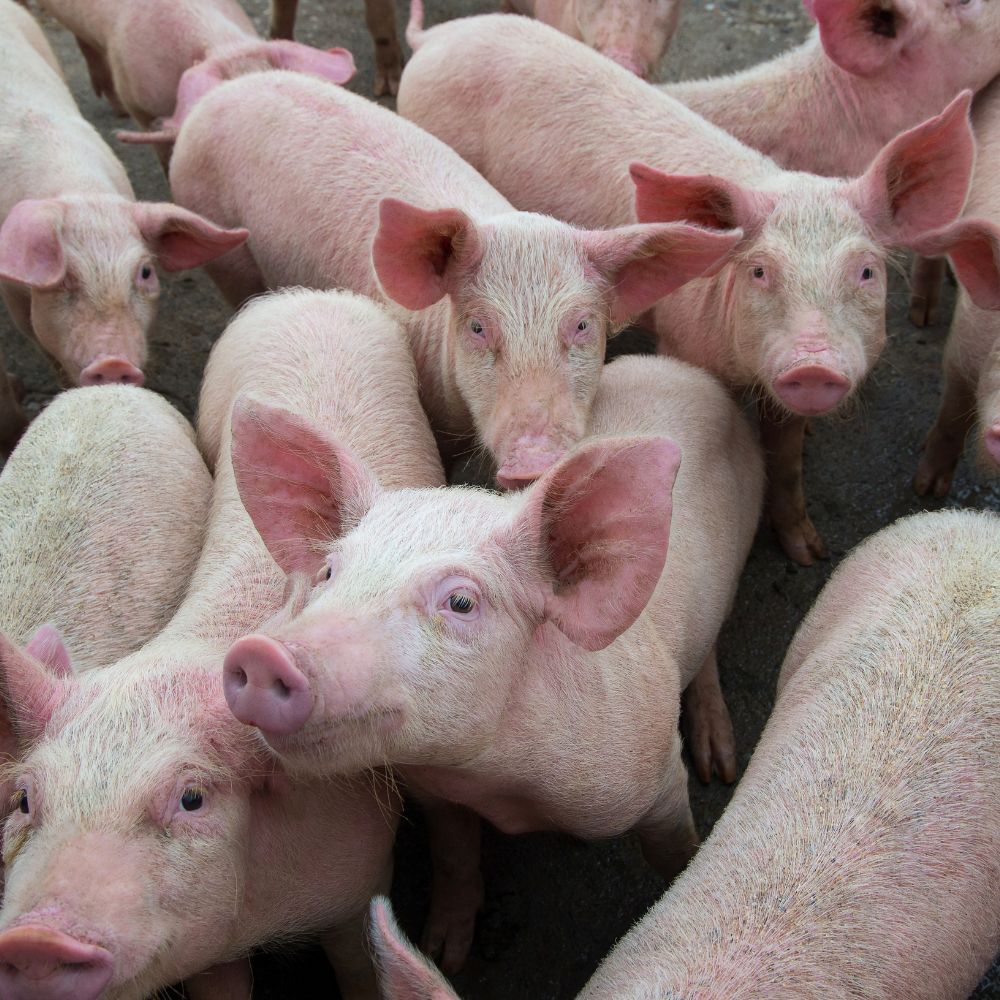The Main Principles Of Bagley Risk Management
Table of ContentsFacts About Bagley Risk Management RevealedThe Best Strategy To Use For Bagley Risk ManagementThe smart Trick of Bagley Risk Management That Nobody is Talking AboutBagley Risk Management - An OverviewHow Bagley Risk Management can Save You Time, Stress, and Money.
This way, if prices do go down below that break-even factor by the end date, insurance policy holders are protected against a loss. This is extremely similar to the means feedlots operate, though they make use of a traditional hedge. Once a herdsman agreements their livestock with a barnyard, they hedge those livestock to secure in the earnings point.This will certainly be balanced out by the enhanced worth of the cattle. Nonetheless, the margin stays primarily the same. With LRP Insurance policy, breeders safeguard versus a decrease in the futures board, but do not lose on the greater return when prices go up. To say that livestock markets can be volatile is a bit of an understatement.
They do this by choosing a lower percent of the projected ending value - LRP Insurance. This is a wonderful approach for those seeking reduced costs rates or that have a greater risk resistance because of solid monetary health and wellness. This technique may not secure profitability, however it can protect against significant market decreases
There is not a great deal of security or coverage on a month-to-month basis, but if there is a serious crash, manufacturers have the comfort that comes from recognizing they will just be responsible for a specific quantity expense. Simply remember, expect the most effective but plan for the worst.
Bagley Risk Management - Questions

Making use of LRP as protection for backgrounded cattle, or livestock on feed, assists reduce that risk by protecting the anticipated value of the animals. Feeder livestock can be concealed to a 900-pound expected end weight and fed livestock can be concealed to a 1,400-pound end weight. With several weight courses to pick from, it is feasible to cover animals via the barnyard to the packer rail.
Applications can take a number of days to procedure and simply filling up one out does not secure the applicant into a policy. Once the application is approved and all set, the LRP recommendation, with its end date and forecasted finishing value, can be secured rapidly. This enables breeders to cover calf bones when the rate is ideal for their market risk administration goals.
Image Courtesy USDA-NRCS Costs for calves, feeder cattle and ended up cattle have actually set some new records this autumn and very early winter. A mix of scenarios has sped up these historic costs. There is presently a great deal of mindful positive outlook for cow-calf manufacturers as they look at the you can try here future.
The Single Strategy To Use For Bagley Risk Management

There are some benefits to producers in making use of LRP insurance as compared to a standard feeder cattle agreement or acquisition of an alternative - National livestock insurance. One is the adaptability in the number of livestock that can be insured. There is no lower restriction to the number of livestock that can be guaranteed
There is no obligation to market cattle on which you have acquired LRP Feeder Cattle protection. You might select to keep possession and still be qualified for the indemnity should the Actual End Worth drop below your Protection Cost. You may market cattle covered by LRP any time, provided the transfer of possession does not take place greater than 60 days before the LRP Agreement End Day.
If livestock die and your Ag, Risk Consultant is informed within 72 hours of you learning of the fatality, the protection stays in impact, and the manufacturer is eligible for indemnities due to cost loss, even on those pets which died. Yes! Calves can currently be covered prior to hooves hit the ground.
Not known Facts About Bagley Risk Management

Applications make sure novice clients can be pre-approved to create an LRP plan It is totally free! Action 2) Lock in an Unique Protection Recommendation (SCE) when you discover a quote that fulfills your goals (Livestock risk protection). Together, we'll shield your investment.
With the continuous change and unpredictability of the marketplace, Animals Threat Security (LRP) is something all livestock manufacturers need to take into consideration. The primary function of LRP is to shield versus the unanticipated downward rate activity in the market by establishing a base upon any given day and kind of cattle you wish to insure.
Some Ideas on Bagley Risk Management You Need To Know
There are a selection of coverage degree alternatives varying from 70 to one hundred percent of the expected ending value (https://www.openstreetmap.org/user/Andrew%20Bagley). At the end of the chosen insurance policy period, if the real finishing value is below the insurance coverage rate, you will certainly be paid an indemnity for the difference in cost. Producer expects to market 1,000 head of 11cwt cattle and picks coverage of $66
As of 2020, LRP (Livestock) is currently readily available in all states when the market is available. 1. Feeder Livestock with finishing weights under 600lbs or 600lbs-900lbs, and 2. Fed Cattle with ending weights between 1,000lbs-1,400 lbs that will be marketed for slaughter near the end of the insurance coverage period. whereas livestock insurance coverage does.
Comments on “Getting My Bagley Risk Management To Work”